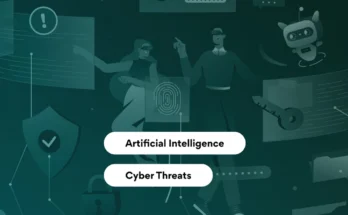
Predictive Threat Modeling with AI: The Unstoppable Future of Cybersecurity
Predictive Threat Modeling with AI: The Unstoppable Future of Cybersecurity Cyber attacks are becoming smarter and more dangerous day by day. Older security tools such as firewalls and antivirus programs …
Predictive Threat Modeling with AI: The Unstoppable Future of Cybersecurity Read More




